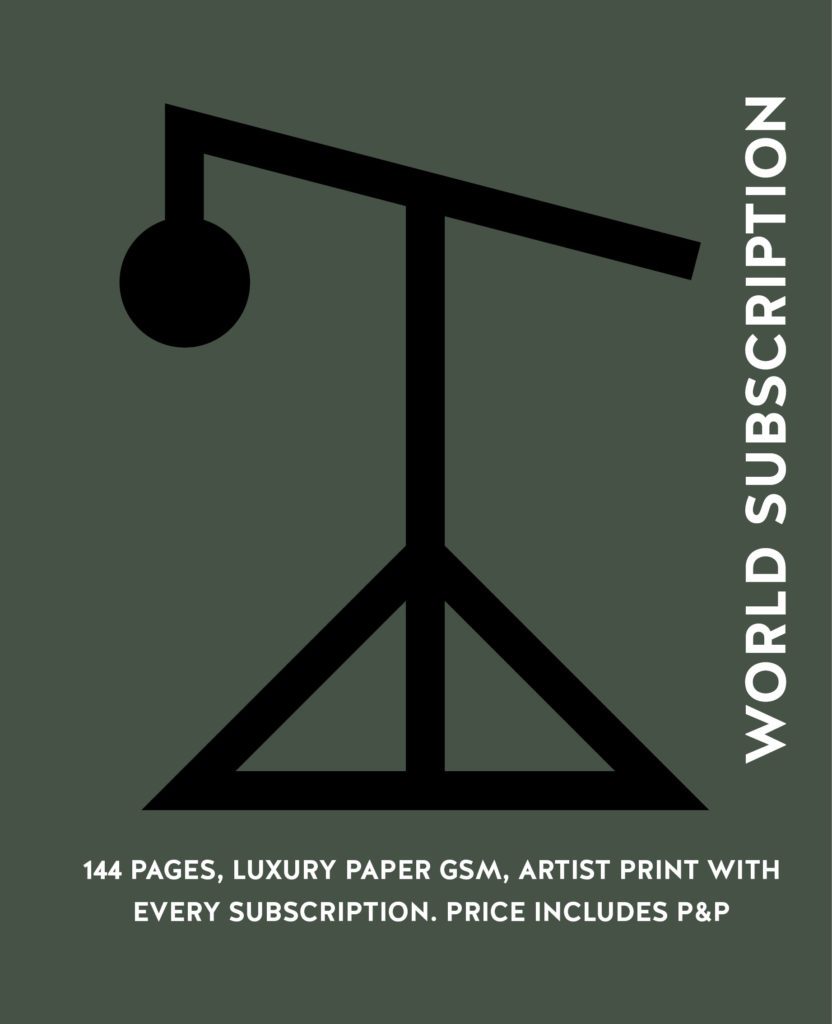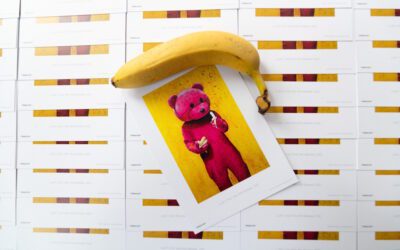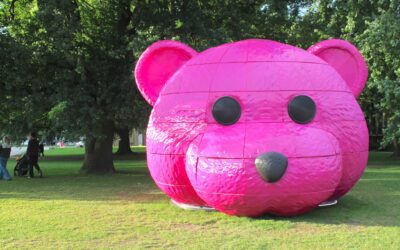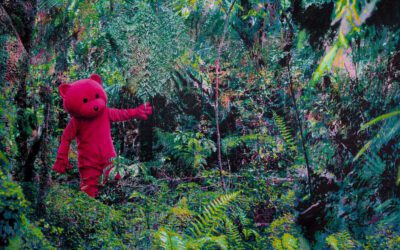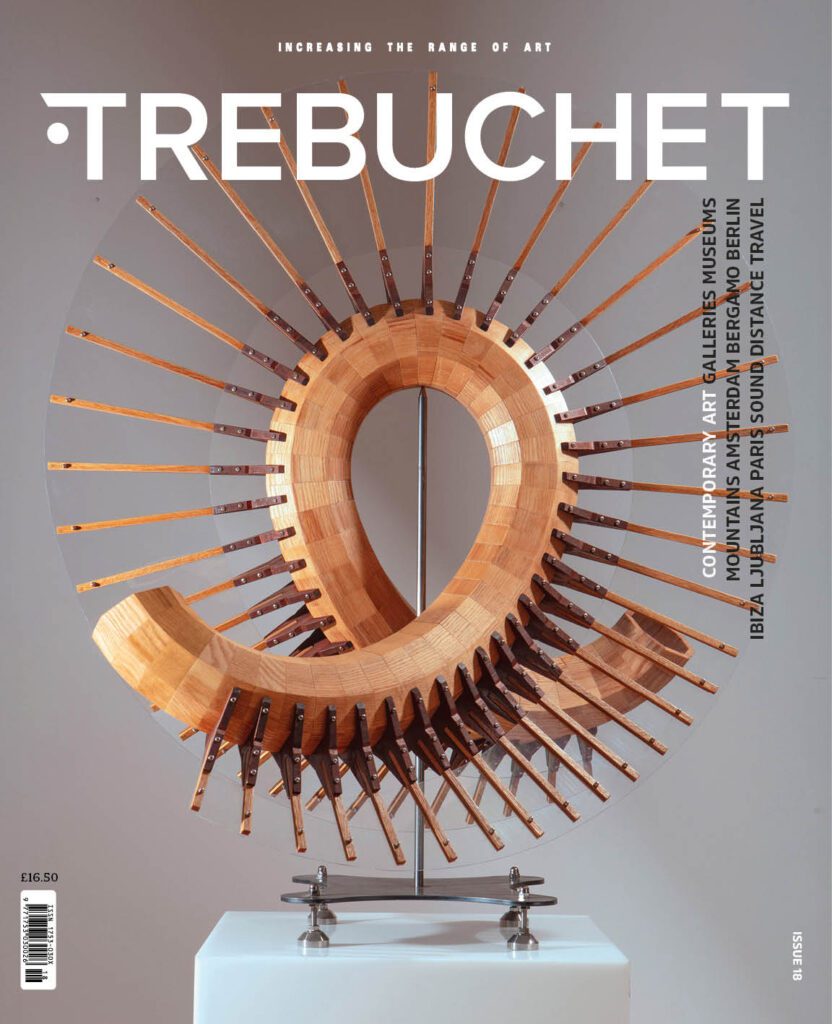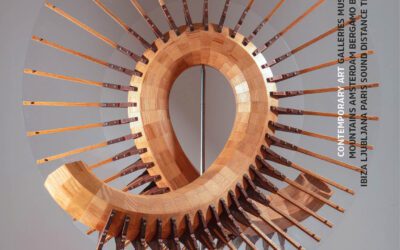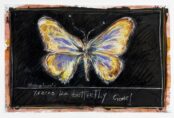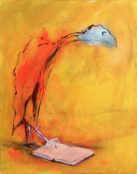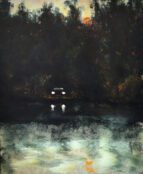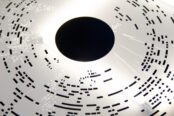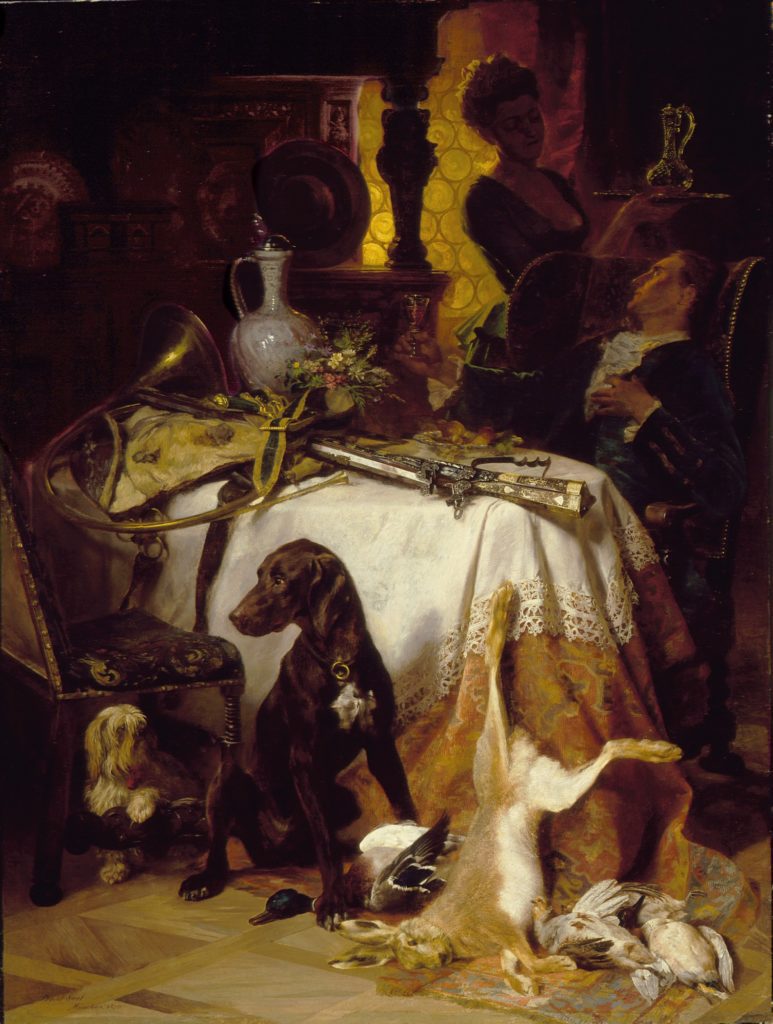
Paul Robinson, also known as ‘LUAP’, is a British multidisciplinary artist born in 1982. Originally from Grimsby, LUAP is now based in London and has showcased his work globally.
Central to LUAP’s artistic practice is “The Pink Bear”. A cherished remnant of childhood memory. Resurrected through sessions of CBT. It is a figure which encapsulates the spectrum of human encounters. “The Pink Bear” metamorphoses into a vessel for voyages of revelation and investigation. He embodies aspirations and anxieties. An enigmatic personality. He navigates between the surreal, the envisioned, and the corporeal.
Acting as a creative conduit, “The Pink Bear” integrates into a variety of mediums. Spanning hyper-realistic oil paintings, performances, sculpture, and photography. LUAP’s work defies easy categorisation. Blending elements of Abstract Expressionism, Pop Art, and Hyperrealism.
LUAP’s classical practice finds a counterpart in his thirst for adventure. An artist who embraces uncertainty. He travels the world with The Pink Bear. Immersing himself in extreme settings. LUAP pushes the limits of endurance. Weathering extreme conditions and unforgiving landscapes.
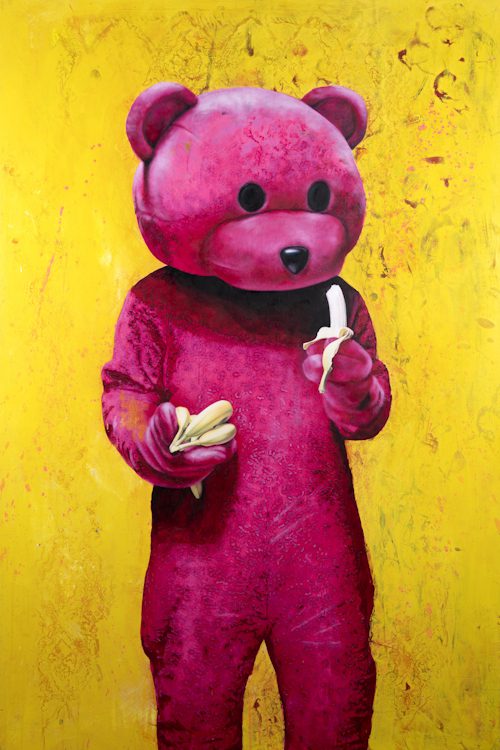











C’est N’es Pas Banana (2024)
What is the work about? What inspired you?
The work, titled C’est N’es Pas Banana, centres around a pink bear holding an iconic symbol—the banana—which has made notable appearances across art history. This object serves as a playful nod to works by Giorgio de Chirico, Paul Gauguin, Andy Warhol, Banksy, Sarah Lucas, and Maurizio Cattelan, among others. These artists have each used the banana to evoke different ideas, from everyday banality to provocative commentary. In this piece, the pink bear and banana combination balances humour with a touch of absurdity, challenging viewers to reconsider familiar objects within an art context.
What does the work mean to you? Why did you make it at the time you did?
The artwork is meaningful because it speaks to both the accessibility and the layered symbolism of certain objects in art. By holding a banana, the pink bear almost parodies the art world’s sometimes serious tone. At the same time, the work reflects the influence of artists who have historically transformed mundane items into cultural icons. The timing of this piece might stem from a period of reflecting on how ordinary objects can take on grandiose, even iconic roles in art, emphasizing that art doesn’t always have to be “serious” to make an impact. This piece is particularly successful because it combines humor and familiarity with a touch of irony, inviting viewers to see a common object—the banana—in a fresh, unexpected way. By pairing the playful pink bear with an iconic art symbol, it creates a fun yet thought-provoking contrast that engages viewers. The banana, an object that has appeared repeatedly in art, becomes both a tribute to art history and a light-hearted critique of the art world’s sometimes serious self-importance. This unique pairing makes the work memorable and accessible, encouraging a deeper look at ordinary objects and their potential to carry meaning in unexpected contexts.
What makes this piece particularly successful?
This piece is particularly successful because it combines humour and familiarity with a touch of irony, inviting viewers to see a common object—the banana—in a fresh, unexpected way. By pairing the playful pink bear with an iconic art symbol, it creates a fun yet thought-provoking contrast that engages viewers. The banana, an object that has appeared repeatedly in art, becomes both a tribute to art history and a light-hearted critique of the art world’s sometimes serious self-importance. This unique pairing makes the work memorable and accessible, encouraging a deeper look at ordinary objects and their potential to carry meaning in unexpected contexts.
New customers can select a signed and numbered print of LUAP’s C’est N’es Pas Banana (2024) with every new Trebuchet subscription.


